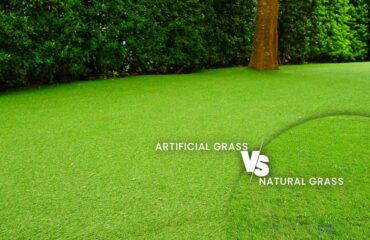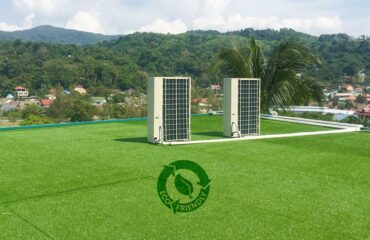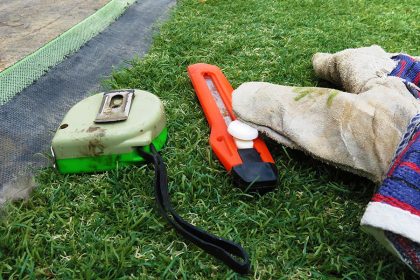
If you want to install the artificial grass yourself, please try to avoid the most common mistakes that can occur when installing artificial grass:
1. Uneven Surfaces
Imagine laying a rug on an uneven surface in your living room, you definitely wouldn’t. And the same should apply to how to install artificial grass on concrete! Even the smallest bump or stone sticks out like a sore thumb on a beautiful smooth synthetic grass installation!
2. Undesired Natural Grass Growth
Weeds and other plants can still grow through your fake grass landscape. In this case on how to install artificial grass on soil, make sure you install a reliable weed barrier. Otherwise, you’ll find yourself in the somewhat weird, but mostly time-consuming, position of weeding your artificial grass. Look out for increased foliage in the fall and pollen in the spring and summer months. Leaves, foliage, and pollen can prevent good water drainage, causing the organic matter to rot, which can be a messy cleaning job.
3. Bad Drainage
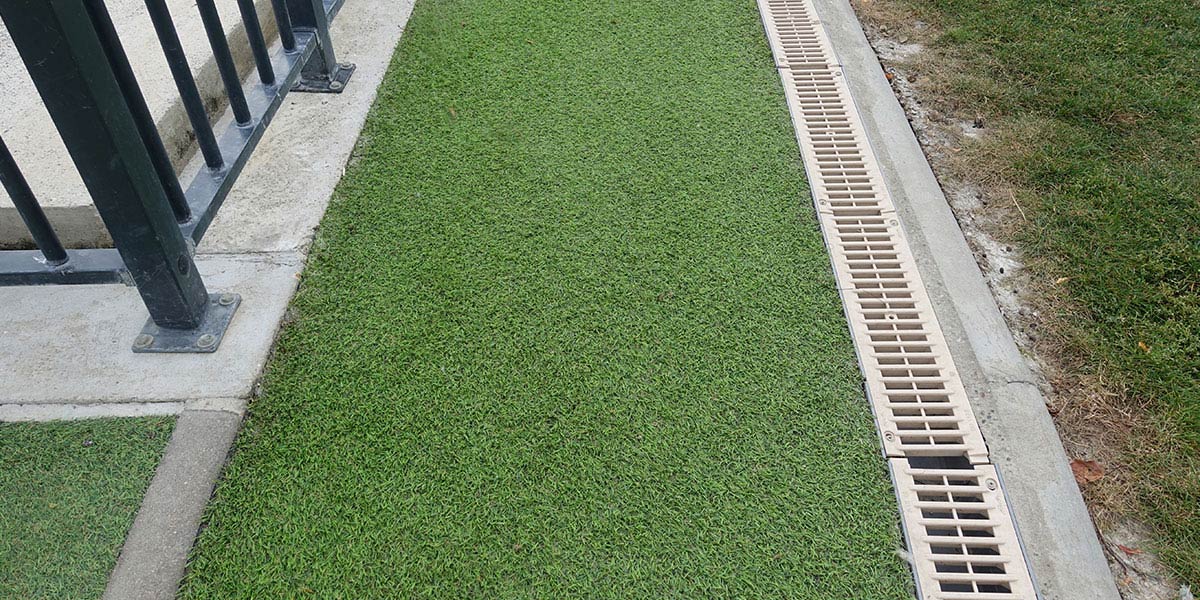
You can prevent pools of water from forming on your synthetic grass wholesale by installing adequate drainage. Various precautions can be taken to ensure that your weed looks great in any weather. Installing a deep base filled with crushed stone and sand provides the perfect foundation.
4. Stacking Direction
Always check in synthetic grass installation process which direction the pile of grass is facing when you put it down, and look at it up close and at a distance. When putting pieces together, make sure the stack is facing the same direction. One of the biggest mistakes is that two parts are facing in opposite directions. This is very noticeable and can take a lot of effort to correct.
5. Uneven Joints
When synthetic grass manufacturers did their job in high-quality, you should hardly or not notice the connection. Make sure that the stack of each patch of lawn is in the same direction. If artificial turf installation companies pay attention that the grass is well connected, you won’t see the joint even if you stand over it. The grass joint must flex and move at the various temperatures, so anchoring along a joint can cause the grass to curl as it expands. Read our instructions on the cheapest way to lay artificial grass by having a closer look the list of artificial turf cost per square foot and use good quality tape and glue or a strong self-adhesive cloth.
6. Safe Edges
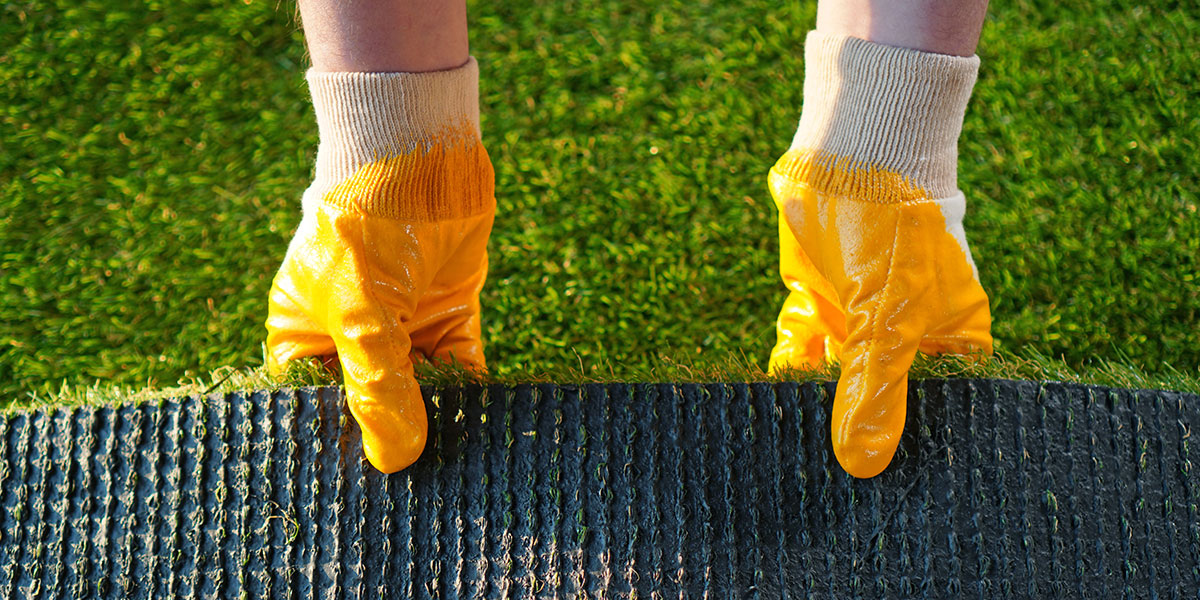
This may go without saying, but you will be surprised how many synthetic grass manufacturers Melbourne in Sydney forget to secure the edges of their artificial turf. If you don’t, the edges of your lawn can fray and curl up, which can lead to a number of problems. Not only does it look unattractive and cause people to trip over it, but water and dirt can get under the lawn and cause serious damage. Nailing the edges to a wooden frame or using glue can prevent this.
7. Free of Reflection
Many people neglect to remove reflective surfaces or create shadows once they have completed their artificial turf installation by one of the synthetic grass manufacturers in Australia. In hot or bright weather, sunlight reflecting off mirrored surfaces or double-glazed windows can cause damage or even burn your artificial turf. Make sure you or one of the synthetic grass manufacturers in Melbourne that you choose to work with, take this into account before starting the installation and that any reflective surfaces are shaded or covered before starting.
In 6 Steps to Your Own Artificial Grass Installation
You can choose whether to assemble your artificial turf yourself in order to avoid synthetic grass installation prices or leave the work to a specialist such as Integral Grass company which has been gained a well-known status in international market due to its large scale exportation locations such as the USA, the UK, Malta, Serbia, Russia, Algeria, Albania, Greece, Bulgaria, Georgia, Afghanistan and many others.
- Step 1 Subsurface: Before installing artificial turf, make a drawing to see where the seams will go. First remove the old lawn. Make sure that the surface is level, stable and drains well.
- Step 2 Stabilizer Cloth: We recommend the use of geotextile for laying artificial turf for load-bearing capacity and to protect the underside of the lawn.
- Step 3 Roll Out and Cut to Size: Measure the exact length that is needed. Roll the artificial turf over the foundation in the same direction.
- Step 4 Attach: Place the strips as close to each other as possible so that a nice transition is created. The parts must not overlap anywhere.
- Step 5 Sprinkle: Artificial turf can be reinforced by sprinkling quartz sand. About 7 kg per m² prevent the drainage holes from clogging.
- Step 6 Brushes: Brushing is necessary in order to obtain a stable artificial turf that does not move even when exercising on it.
